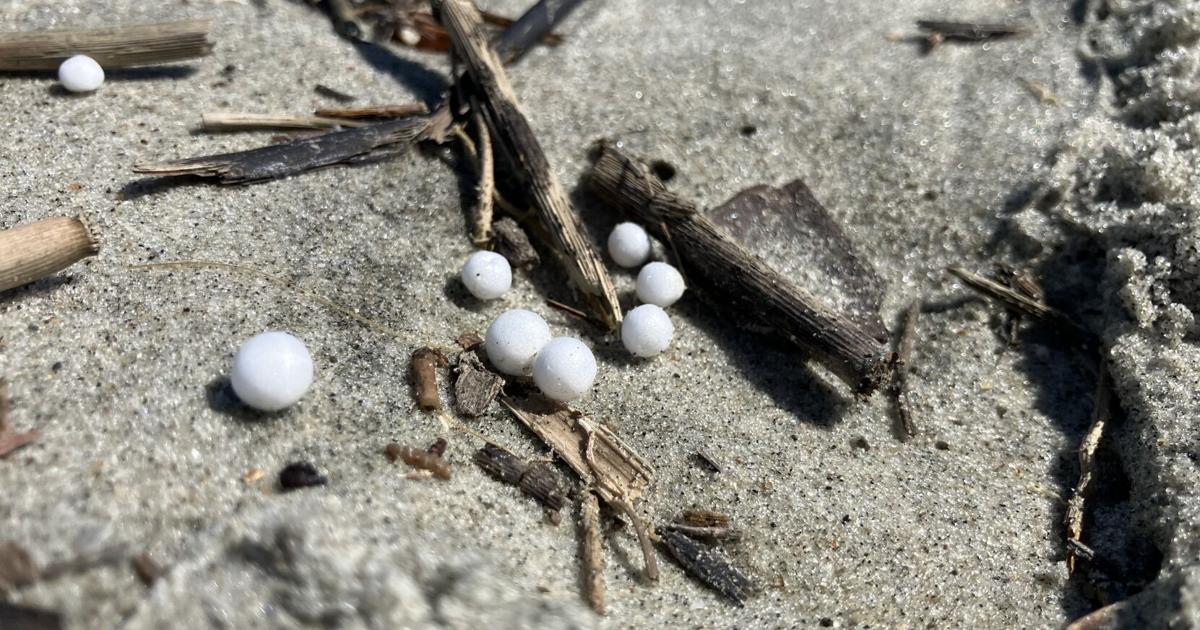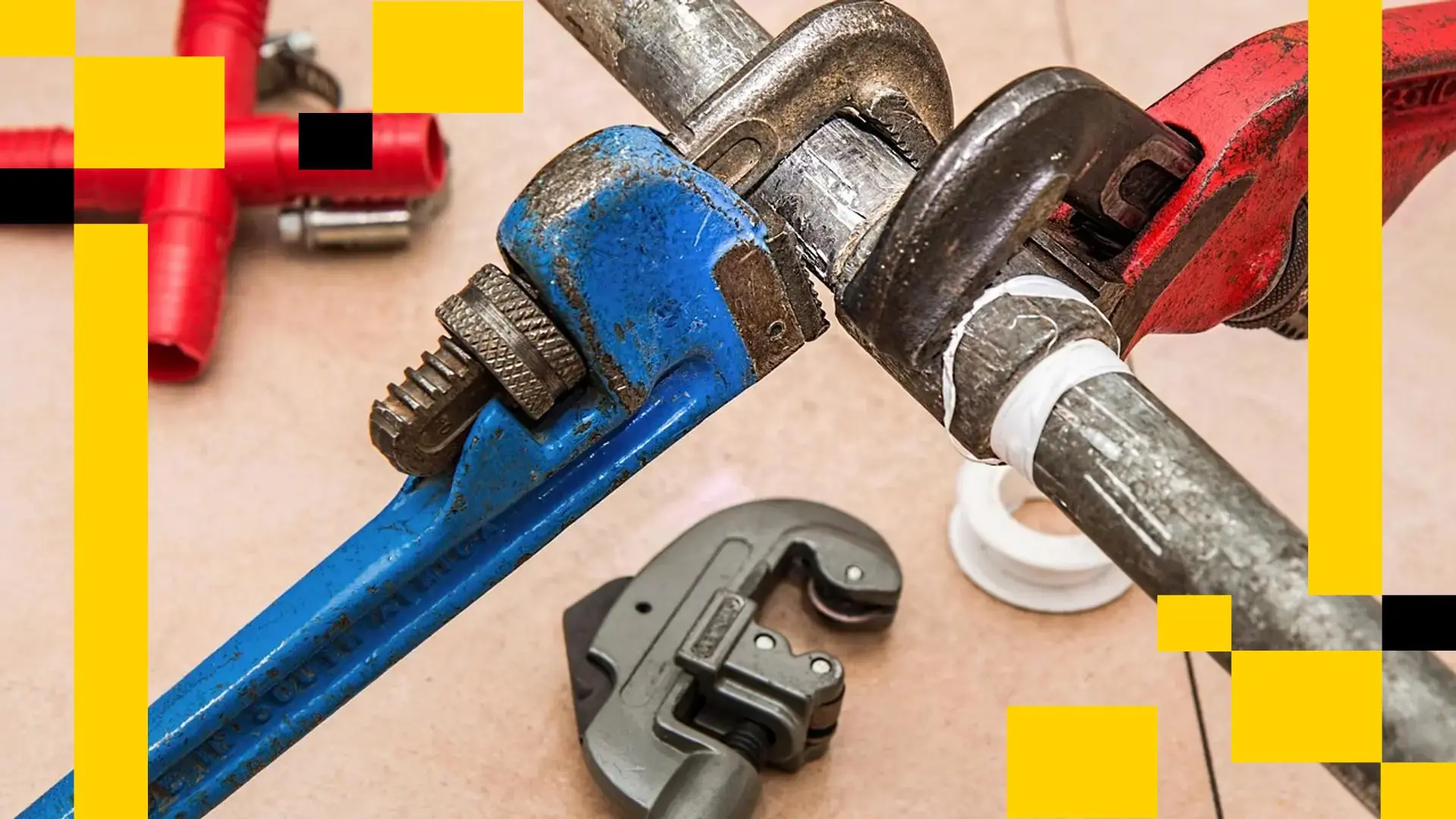
ISLE OF PALMS — City crews are cleaning up specks of tiny, pea-sized objects that washed up on the beach on Sept. 24.
The foam balls spanned nearly ten blocks of the beach. Most were gone by the next day, but the city’s public works staff were dispatched to inventory and remove the remaining debris, according to Isle of Palms City Administrator Douglas Kerr.
“We’re trying to get a handle on how much of it’s out there now and how to best clean it up,” Kerr said.
Among the handful of beachgoers soaking up the lingering bits of summer sun, a closer look revealed white specks dotting the wrack line, or the area where driftwood and seaweed are pushed out and left behind by the receding tide.
On the afternoon of Sept. 24, the foam balls lined the beach from 25th Avenue to 42nd Avenue, held in place by the wrack and a sandy shelf. Clusters were caught in between the reeds.
The objects weighed nearly nothing, easily flying out from between one’s fingers with the sea breeze, nearly impossible to track down again.
Susan Hill Smith, leader of the Isle of Palms Clean Up Crew, hunched over the sand and meticulously pulled the round objects from the sand. She’s organized and participated in dozens of volunteer beach sweeps each summer on the island.
Plastic foam is a common object left behind on the beach, she said. The volunteer crews see it in the form of coolers, to-go boxes, cups and discarded boogie boards.
Tiny foam bits are also used as filler in beanbag chairs.
The material can be particularly troublesome because it breaks off into smaller pieces that work their way into the environment.
“While each piece is small, this type of foam litter is insidious and incredibly hard to contain and truly clean up. To see it for tens of blocks along the shoreline is incredibly discouraging,” Smith said. “The wind and water are quickly picking them up and dispersing them, so we might not notice them in a few days, but what doesn’t get cleaned up will be part of our coastal ecosystems forever now.”
There’s no place in the marine environment for the plastic foam, Andrew Wunderley of Charleston Waterkeeper said.
“It absorbs other contaminants and becomes more and more toxic over time. It’s mistaken for food by wildlife, it can be particularly problematic that way,” Wunderley said.
Smith alerted the city to the debris after speaking with other neighbors who had reported seeing litter near the site of the Ocean Club Villas, where a multimillion dollar renovation is taking place.
There, more foam and pieces of insulation can be seen in the sand, dunes and grass near the construction site.
Kerr, the city administrator, said he’d received complaints about trash near the Ocean Club work two months prior.
The condos are currently surrounded by scaffolding while crews work to replace windows and doors. The building is wrapped in a blue mesh netting, meant to keep debris from flying away from the building and into the surrounding beach.
Bob MacLeod, president of the Ocean Club’s board of directors, is helping oversee the project.
MacLeod said the round pieces of plastic foam found along the beach on Sept. 24 were not from the Ocean Club renovations. He noted, however, that some of the blue netting broke loose after Hurricane Erin, and ended up buried further down the beach.
MacLeod said the contractors have recently installed a finer mesh net around the building, as well as a chute to collect scrap material. He said he walks the site several times a week, and crews are supposed to conduct a daily trash sweep.
“There’s really no saying where it came from…I know we had some stuff, and I’m not disputing that,’“ MacLeod said. “We’re taking steps to address it.”



